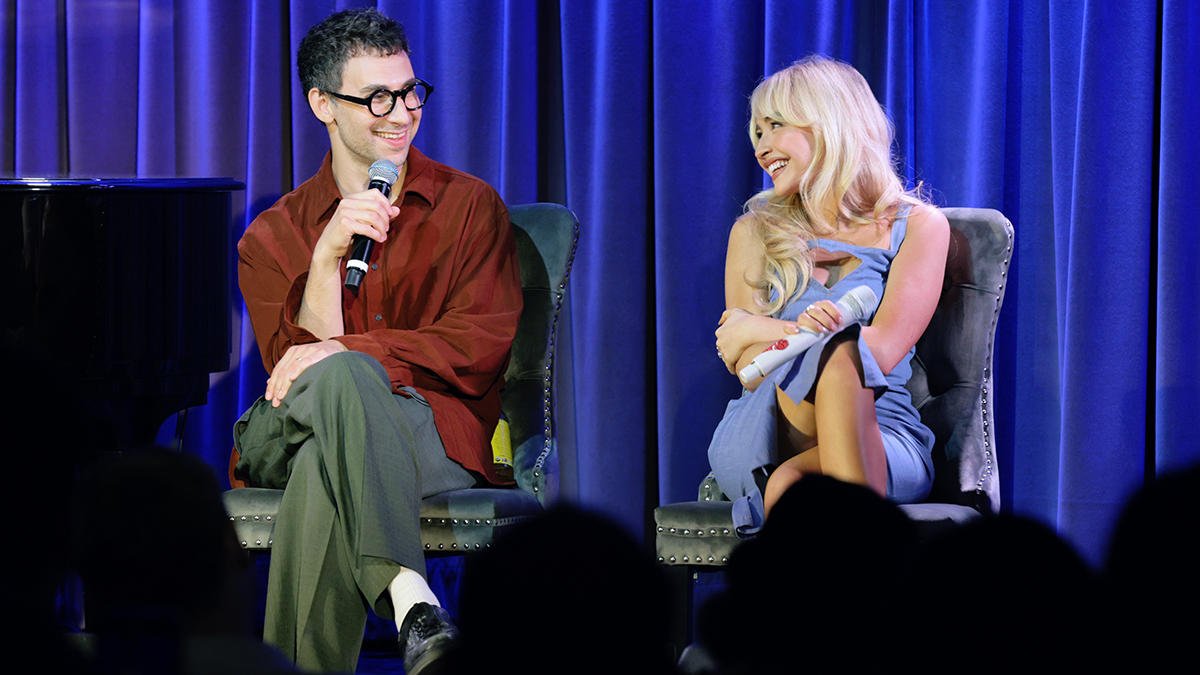“We were messing with different keys and then we heard the second verse jump up. It sounds like she’s having this idea in real-time": Jack Antonoff explains that unusual key change in Sabrina Carpenter’s Please Please Please
"It’s A to C - it’s not a typical place you would lift to - and we were just all like ‘whoa’”
Logic would suggest that following up one of the biggest songs of the year would be difficult - the only way is down, right? - but Sabrina Carpenter managed to make this seemingly daunting task look effortless.
There was a high risk that, after all that Espresso, Please Please Please - the second single from Carpenter's Short n' Sweet album - could have felt like a major comedown, but listeners said ‘yes, yes, yes’ to its country-nodding charms, and it became another massive hit.
Musically, one of the most interesting things about Please Please Please is the key change at the start of the second verse - not a songwriting trick that’s often pulled - followed by a return to the original key (A major) in the subsequent chorus.
Now, in a trailer for a new documentary for Mix with the Masters, producer and co-writer Jack Antonoff has been explaining this unusual modulation, revealing that it serves a specific purpose.
“We were messing with different keys and then we heard the second verse jump up,” he says. “It sounds like she’s [Carpenter] having this idea in real-time. And it’s A to C - it’s not a typical place you would lift to - and we were just all like ‘whoa.’”
“It’s almost like the second verse is a dream,” adds Antonoff, “and then we go back to the reality of begging someone ‘please, please, please.’”
Such jolting key changes don’t always work - the one in Please Please Please is effective precisely because you don’t hear things in its vein very often - but Antonoff believes that it’s always worth experimenting with tonality during the songwriting process, just in case you hit on something interesting.
Want all the hottest music and gear news, reviews, deals, features and more, direct to your inbox? Sign up here.
“One thing I always encourage everyone to do is just try modulating in any direction,” he says. “Just try it. Use the things you have - it’s so easy to just try and modulate. Even if it sounds like shit; even if you just do it really quickly just to see if you can pull yourself somewhere.”
Elsewhere in the multi-part Mix with the Masters video - available now if you’re a subscriber - Antonoff discusses Please Please Please’s groove, and how adding the ‘on the grid’ LinnDrum part helped to emphasise the slight drifts in time of the other instruments (guitar, bass, and drums). He also reveals that there’s some Juno sub-bass in the song’s chorus.


I’m the Deputy Editor of MusicRadar, having worked on the site since its launch in 2007. I previously spent eight years working on our sister magazine, Computer Music. I’ve been playing the piano, gigging in bands and failing to finish tracks at home for more than 30 years, 24 of which I’ve also spent writing about music and the ever-changing technology used to make it.

